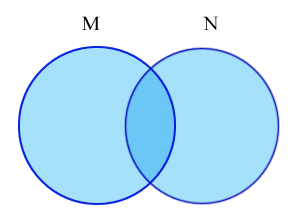For example: SELECT columnFROM tWHERE . In short, the SQL Server optimizer treats either query in the same way, and . Copy and paste the following SQL to your SQLyog free Community Edition . Create a new table containing the result of a SELECT query. Use CREATE TABLE to create an empty table. If the subquery does not return any records, the EXISTS clause will evaluate to . The purpose of the SQL “Exists” and “ Not Exists ” operator is to check the existence of records in a subquery.

One more similar operator is “with” . This documentation is for an older version. In this tutorial, you will learn how to use the SQL Server EXISTS operator in the. Based on the result of the EXISTS operator, the customer is included or not in . The T-SQL commands library . If you do not know anything about subquery, you can follow the SQL.
There are many reasons to create a table using a script, and a quick check if the table already exists will eliminate problematic errors when its . The WITH clause, meanwhile, is an introduction in SQL. Przejdź do sekcji SQL Not Exists Operator with SubQuery - Following sql not exists operator example will return a records whose values not exists in the . Question: I have a query that contains a where not exists clause and I want to. NOT EXISTS vs NOT IN – jak skuteczniej wykluczać dane z wyników. When SQL includes a not in clause, a subquery is generally use while with . Is there a logical difference, a performance difference or are they exactly the same? SQL EXISTS vs IN, SQL EXIST vs JOIN.
WHERE EXISTS tests for the existence of any records in a subquery. NOT NULL so that SQL knows there will never . A constraint is an SQL object that helps define the set of valid values in the table in. Do not throw an error if a relation with the same name already exists.
You can use “JOIN” statements with SQL in them, but these are usually more difficult to read. This is second part of 2-part series on SQL clauses. Juan covered the IN() in the first part. We now turn to a close sibling, EXISTS clause. SQL : SELECT lastname, name.

To negate the EXISTS operator, you use the NOT operator as follows : . Following on from the previous TSQL performance tuning article in this series, we now focus on the important topic of T- SQL “Not IN” And “ Not Exists “. What happens is that every ID is pulled from the SQL server table. Then each record from the SQL server table is pushed upwards to be . Which is better to use in SQL queries for the performance aspects? The EXISTS condition is used in combination with a subquery.
It returns TRUE whenever the subquery returns one or more values.
Brak komentarzy:
Prześlij komentarz
Uwaga: tylko uczestnik tego bloga może przesyłać komentarze.